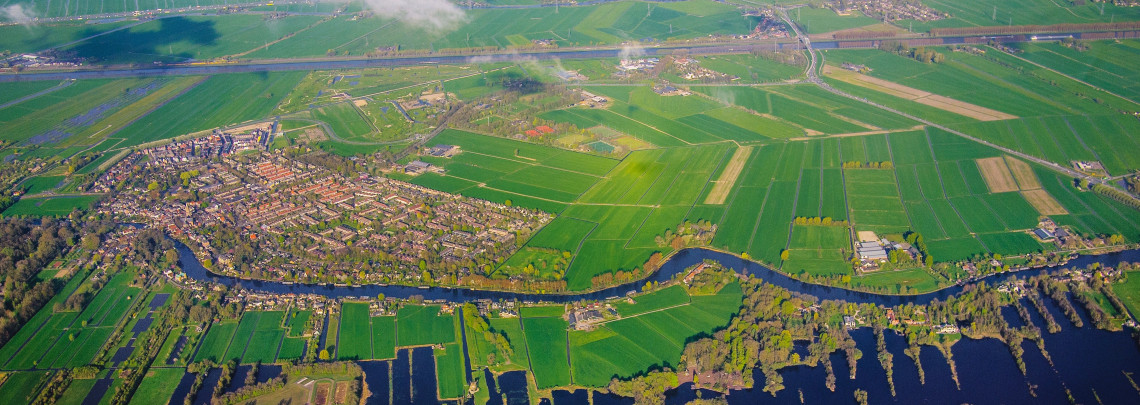This is a website for an H2020 project which concluded in 2019 and established the core elements of EOSC. The project's results now live further in www.eosc-portal.eu and www.egi.eu
This is a website for an H2020 project which concluded in 2019 and established the core elements of EOSC. The project's results now live further in www.eosc-portal.eu and www.egi.eu

Hervé Caumont talks about two GEP services recently integrated in EOSC-hub
In the past few years, the European Space Agency (ESA) ran a set of R&D activities to create an ecosystem of interconnected Thematic Exploitation Platforms (TEPs) on European footing, complementing the Earth Observation (EO) Ground segments approach. The Geohazards TEP or “GEP” is a consortium led by Terradue (Italy) and gathering six partners from Germany, Italy, Spain, France and Greece (DLR EOC, TRE Altamira, CNR-IREA, INGV, CNRS/EOST, CNRS/ENS & CRL Lab) with the aim of building the Platform and sustaining an active user community on it.
The GEP development and validation process was driven since 2015 by requirements analysis activities in consultation with users:
A key design advantage of GEP is its infrastructure independence and auto-scaling capabilities. Based on the collaborative approach supported by Terradue Cloud Platform for the integration of new applications, a growing number of “Thematic Apps” is being contributed by multiple partners onto the GEP listing. By joining the EOSC-hub “EO Pillar Services”, Terradue is demonstrating that GEP consistently delivers on reusability, vendor neutrality, open science and optimized costs of operation. Out of these outstanding capabilities, two GEP services have been tailored for deployment and ICT operations leveraging the EOSC-hub cloud infrastructure. Both services can be accessed via the EOSC Marketplace.
This application provides access to the information layer generated by the DLR InSAR Browse High-Resolution service, running systematically on Sentinel-1A and B data. Every six days, it delivers co-seismic interferograms at 50m resolution and 25m pixel spacing. The data products visualization and download functions support rapid response to earthquakes occurring within the processing mask.
The application provides access to on-demand processing services, for interferogram generation, co-seismic displacement mapping, landslide rapid mapping and landslide displacement field monitoring with Sentinel-1 and Sentinel-2 data. It supports the study of seismic hazards and the detection and measurement of terrain motion due to earthquakes and landslides. These two GEP services have been announced at the launch event of the European Open Science Cloud (November 2018), provided by Terradue onto the EOSC Marketplace, where users will find a dedicated interface to place an order. We are very excited to expand the reach of GEP towards the European Open Science Cloud, demonstrate federated Cloud Computing capacity, and enable collaborative work across scientists, including support for state of the art publication and sharing of research results.